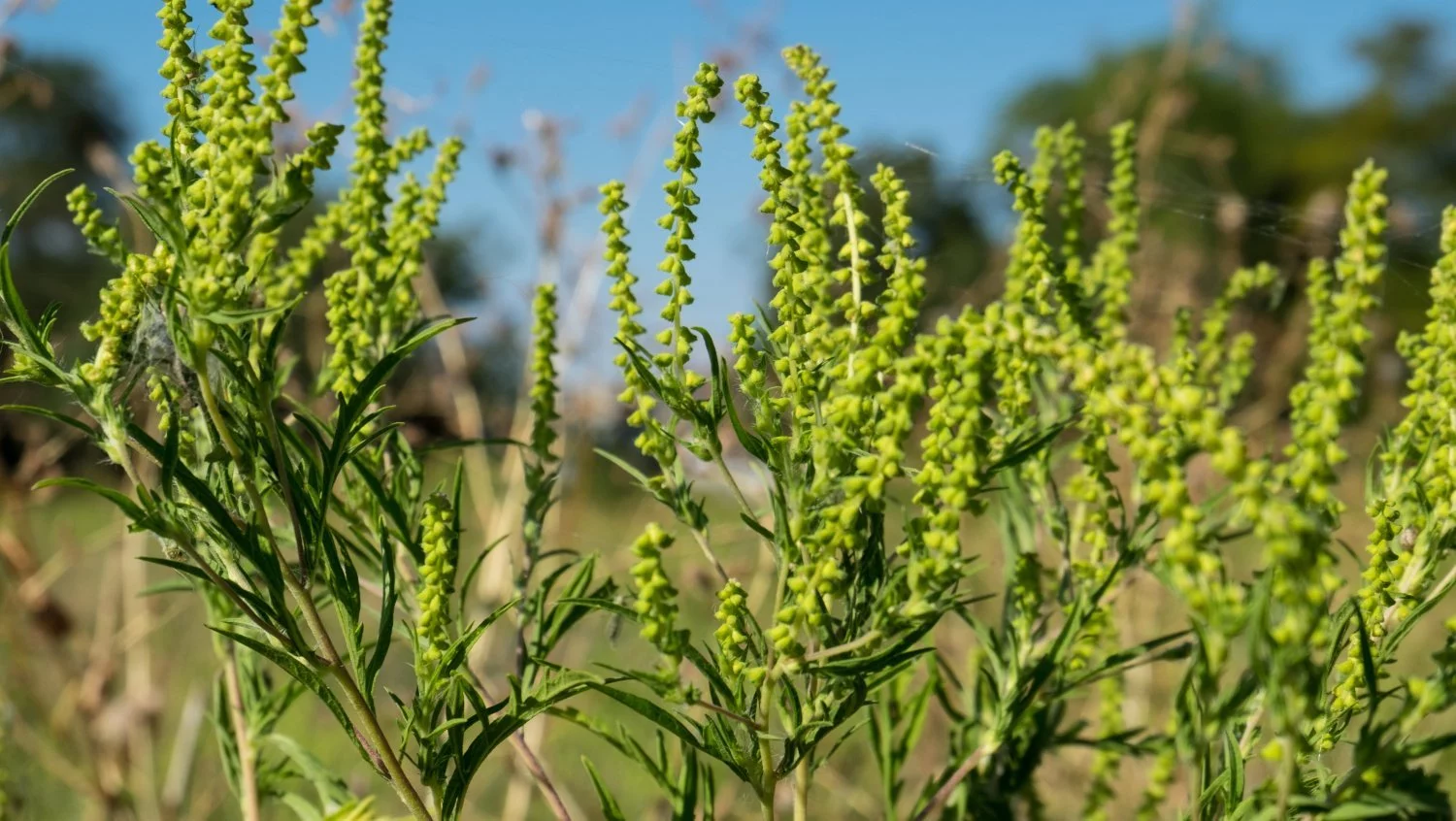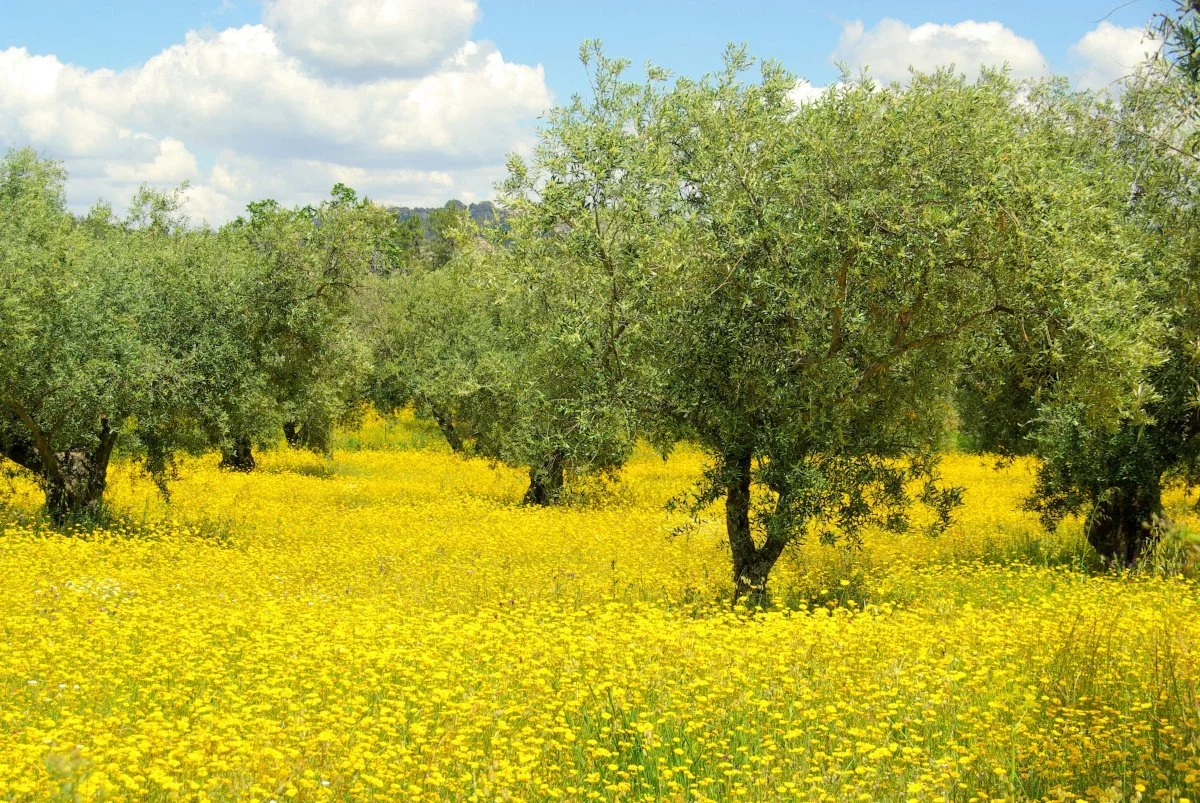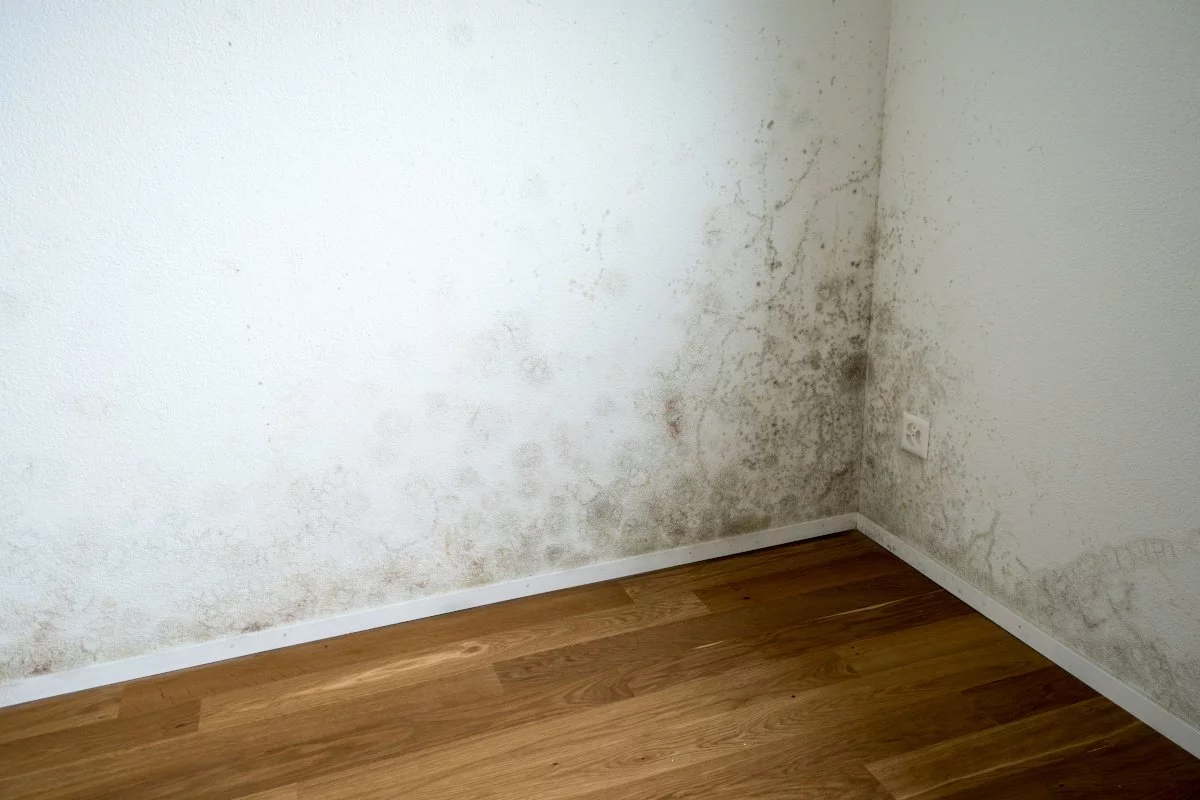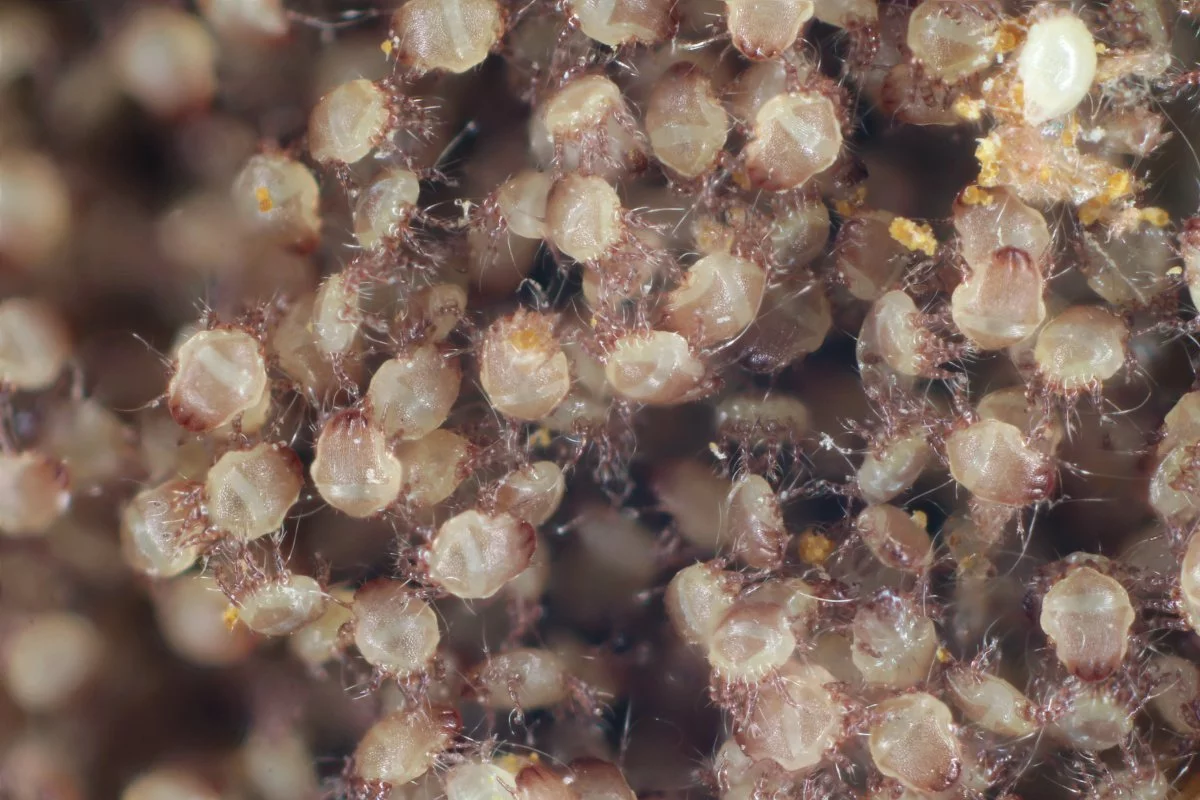Allergic rhinitis is a very common, increasing in frequency but at the same time underestimated condition. It impacts quality of life and may lead to more serious conditions like asthma.

EPIDEMIOLOGY
For the last 60 years, respiratory allergies are continuously rising in frequency; this is often characterized as an “allergic epidemic”. One of the prevalent theories for this increase is the hygiene hypothesis: in our early life we do not face virulent or other pathogenic factors; as such our immune system cannot control properly its reactions and it targets harmless compounds, the allergens. Allergy is the result of this exaggerated and unwanted response.
Of course, it is also known that allergic parents have the tendency to give birth to allergic children and, therefore, our genes play a very important role as well.
In total, allergies are multi-factorial in nature and cannot be attributed to one single factor.
Allergic rhinitis is of the most common allergic diseases and it is estimated that 1 out of 5 people -children and adults- suffer from this condition. This prevalence is seen in the Western world; there are many regions, however, where the prevalence continues to rise as people adopt a more “western” way of life.
ALLERGIC SYMPTOMS
Allergic rhinitis is characterized by many symptoms such as runny nose, pruritus, sneezing and nasal congestion. The latter is probably the most bothersome symptom since it affects the quality of sleep and, therefore, quality of life as a whole. Moreover, allergic rhinitis often coexists with allergic conjunctivitis (runny, itchy, red eyes) and asthma which affects more than 300 million people worldwide. Asthma is characterized by cough, wheezing, shortness of breath and dyspnea that can be serious enough to lead to hospitalization, or even death.
Other complications of allergic rhinitis, especially if left untreated, are otitis and sinusitis both of which can affect the patient’s well being for prolonged periods.
ALLERGENS
There are many allergens that can cause allergic rhinitis. Seasonal rhinitis (hay fever) is caused by pollen. One of the most frequent allergens is the grasses pollen: “grasses” is a group of at least 10 different grasses (like meadow or timothy grass) and can be found worldwide. In contrast, bermuda grass is more often found in tropical and subtropical climates. Trees are also very important: in the Mediterranean region olive tree and cypress pollen are the most frequent whereas in middle and northern Europe birch is by far the most frequent. Finally, weeds are also allergenic: ragweed is very frequent in North America and Europe, artemisia in central Europe and parietaria in the Mediterranean region, while salsola kali and russian twistle are found in warmer climates.
Apart from seasonal rhinitis, if the patients is allergic to an allergen that exists everyday (or almost) in his environment he has perennial rhinitis which usually is more bothersome since the symptoms persist all year round and not only during pollination periods. The most important perennial allergens are the house dust mites, the epithelia of animals (especially domestic cats and dogs) and alternaria which is a mold often found in humid environments.
DIAGNOSIS
The first aim of an allergist is to find the allergen that accounts for his patients symptoms. The diagnosis is mainly done through specific blood and skin prick tests. Based on these, he can then prescribe the symptomatic treatment and, more importantly, suggest specific immunotherapy as discussed ahead.
However, one of the most frequent problems in the field of allergic rhinitis is under-diagnosis: not all patients seek for advice from a specialist e.g. an allergist, for many reasons. Many believe that allergy is a temporary condition and will pass by itself; a clear misunderstanding since, according to studies, no more than approximately 20% of children with allergic rhinitis will outgrow their symptoms in the next few years. Secondly, very often patients underestimate their symptoms believing they are not important. That is also a “trap” because, as mentioned earlier, if allergic rhinitis is left untreated it can lead to more severe conditions like sinusitis and asthma. Thirdly, many patients with longstanding rhinitis think that they have no chance of treatment; they are frustrated, often depressed, and overuse drugs such as decongestants that can augment their symptoms.
TREATMENT
All patients, and especially those that were mentioned earlier, should know that there are many ways to deal with allergic rhinitis that are both safe and effective.
PHARMACOLOGIC TREATMENT
Symptomatic treatment aims at the alleviation of the symptoms that characterize rhinitis. Allergists mainly use antihistamines and steroid nasal sprays, or combination of these. They can be extremely effective, used for long periods of time without serious adverse effects but do not alter the allergic background. As long as the patient is exposed to the respective allergen he may need medication.
The most important approach is that of specific allergen immunotherapy. It is the only way the physician can alter the “immunologic misunderstanding” that allergy is, and cure the allergic symptoms permanently. It is performed either with injections subcutaneously or by drops or tablets placed sublingually.
NON-PHARMACOLOGIC APPROACH
There is no allergy where there is no allergen. Therefore, if the patient could completely avoid the respective allergen he would have no allergic symptoms. However, in most cases this is utopic; the allergens are all around us, many of them are present all-year-long while others (pollen) travel by air. It is prudent to do as much as one can to decrease his exposure, knowing, at the same time, that this approach has limitations in terms of effectiveness.
On this track, physicians very often suggest nasal irrigations. Nasal irrigations are performed with water, normal saline or specialized seawater-based products and are included, as adjunctive treatment, in the guidelines of treatment of many pathologic nasal conditions such as allergic rhinitis, chronic sinusitis e.tc. Many studies have proven the efficacy of this approach, especially if hypertonic solutions (such as is sea-water) are used. Ideally, they should have a physiological pH so as not to irritate and be available in multiple devices to deliver the product appropriately to different populations (e.g. neonates, children or adults).
Lately, extensive research has focused on supplementing these solutions with natural extracts (not chemical compounds) that can have additional effect to the allergic inflammation. Extracts from algae such as Undaria pinnatifida and Spirulina platensis in many models have shown to have, amongst others, effects on allergic symptoms and their mechanisms, and therefore potentiate the therapeutic effect of nasal irrigations.
IN SUMMARY…
Overall, allergic rhinitis is a very common, increasing in frequency but at the same time underestimated condition. It impacts the quality of life and may lead to more serious conditions like asthma. Luckily, there are many ways to treat allergic rhinitis: immunotherapy is very important since it can have lifelong effect. Nasal irrigation, on the other hand, is a non-pharmacologic approach with significant effect and promising future.






Commentaires